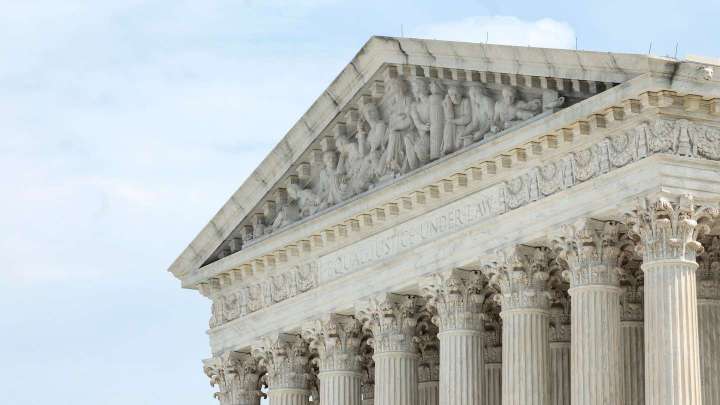As the Supreme Court prepares for a new term, it is in new and perilous territory. Polls show Americans’ faith in the court collapsing after the justices’ decision overturning Roe v. Wade in June. This loss of confidence has fueled calls for action, and there is danger that drastic measures — even as extreme as packing the court — will fall on more receptive ears.
One way to repair the Supreme Court

Chief Justice John G. Roberts Jr. tried to deflect blame recently, criticizing the court’s critics. “Simply because people disagree with an opinion is not a basis for criticizing the legitimacy of the court,” Chief Justice Roberts said. His efforts to defend his institution are wrongly directed, as he himself made clear in June.
At that time, Chief Justice Roberts implored his fellow justices to avoid tossing Roe. Doing so defied core “principles of judicial restraint,” he wrote. The conservative majority’s decision to ignore Chief Justice Roberts’s warning was rash and gratuitous. The public saw the court’s makeup change — and, suddenly, so did what had been long-settled law on a question of extreme social importance.
Americans should rely on the principle that “changes in personnel don’t send the entire legal system up for grabs,” Justice Elena Kagan said in a Monday speech, in a subtle rejoinder to the chief justice. Indeed, though overturning Roe was the single greatest act of self-sabotage the court has committed in modern times, it is not the only way in which the court has damaged itself. Its conservatives claim to be textualists and originalists, but they abandon these principles when it suits them, such as in a major gun law case this year. They have used unusual procedures to, for example, quash lower-court voting rights rulings that would have helped Democrats. They have delivered speeches in questionable venues or with intemperate political content. Some of the signals they have sent on cases they have agreed to hear — such as on state judges’ powers to prevent partisan manipulation of the election system — are ominous harbingers of what is to come.
Waning legitimacy imperils the court and the country, and not just because Americans’ acceptance of the court’s rulings depends on their trust in its integrity. Senators who favor expanding the court beyond the traditional nine members have leapt on the Roe ruling to advance the concept, which featured in the 2020 Democratic presidential primary race. “We need the Democratic Party to recognize the existential threat posed by this Court and embrace calls for reform,” declared left-wing pressure group Demand Justice in the wake of the court’s recent term. The group has pressed candidates in this year’s Democratic primaries to embrace court expansion, predicting that Democratic voters would begin to expect their candidates to take a stand.
So far, senior Democrats have thankfully declined to embrace court-packing. The idea should gain no more momentum. Acting on it would initiate a cycle of partisan retribution that would see the court repeatedly packed. Doing so would represent more of the same partisan hardball that brought the court to its current state of politicization.
This is not to say that Americans must simply accept the status quo. There are better reforms that would reduce the partisan rancor surrounding Supreme Court nominations and encourage Americans to once again view the court as a dignified body insulated from politics. Reformers should press Congress to impose court term limits, an idea that Justice Stephen G. Breyer endorsed before leaving the court.
Supreme Court terms would be long — perhaps 18 years — so that justices would not use brief stints as waystations to lucrative jobs. The terms would also be staggered so that each president could expect to fill the same number of court vacancies every four years. Elections would still matter, but the element of luck determining which presidents get to fill the court would be minimized. Presidents would feel less pressure to pick young ideologues; more moderate candidates would have a chance.
Justices’ individual preoccupations and idiosyncrasies would have less influence on the law’s shape. More justices would be able to serve, which would enable presidents to elevate people of more varied backgrounds. The public would have to worry less about justices experiencing mental decline in the later years of their service. The stakes attached to each court selection would be lower, and each party would have confidence it would have a fair chance to add its own picks in time, so senators would be less inclined to go to war every time a vacancy came up.
Court term limits would not be a panacea. The reform would take a long time to work. Justices selected in this manner might still sometimes rule imprudently. But it would be harder for one political party, through luck, shamelessness or both, to stack the court, leading to sharp and sudden ideological lurches. And Americans could have confidence that the selection process for one of the nation’s most powerful institutions was no longer as chaotic and arbitrary as it has become.
Court-packing is appealing to some because the results would be immediate. But reformers must avoid doing more harm than good. The goal should be to build institutional legitimacy and public trust. Making the nomination process fairer and more orderly would help do that.






